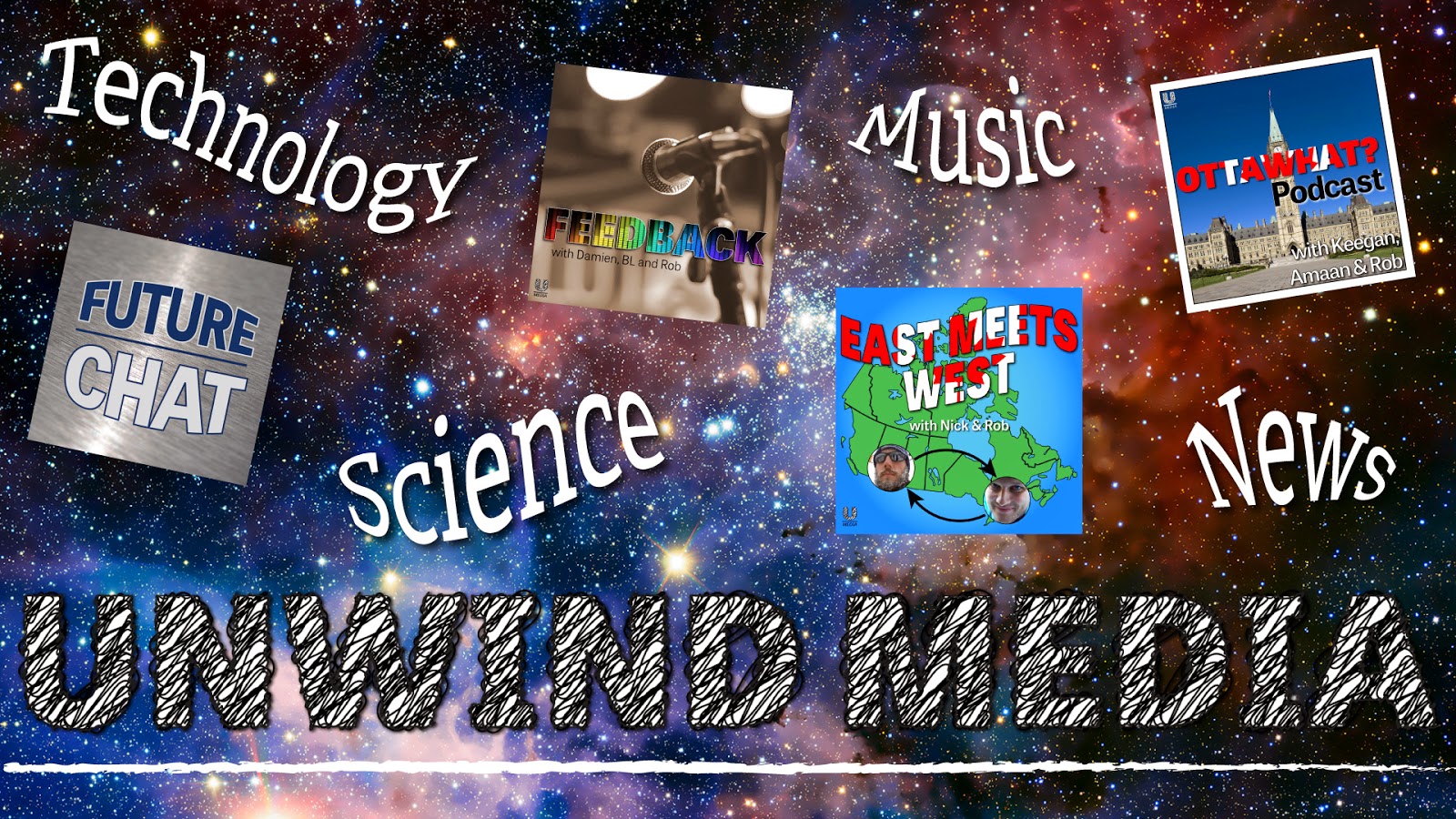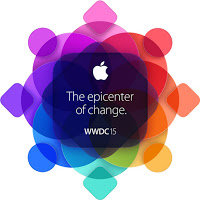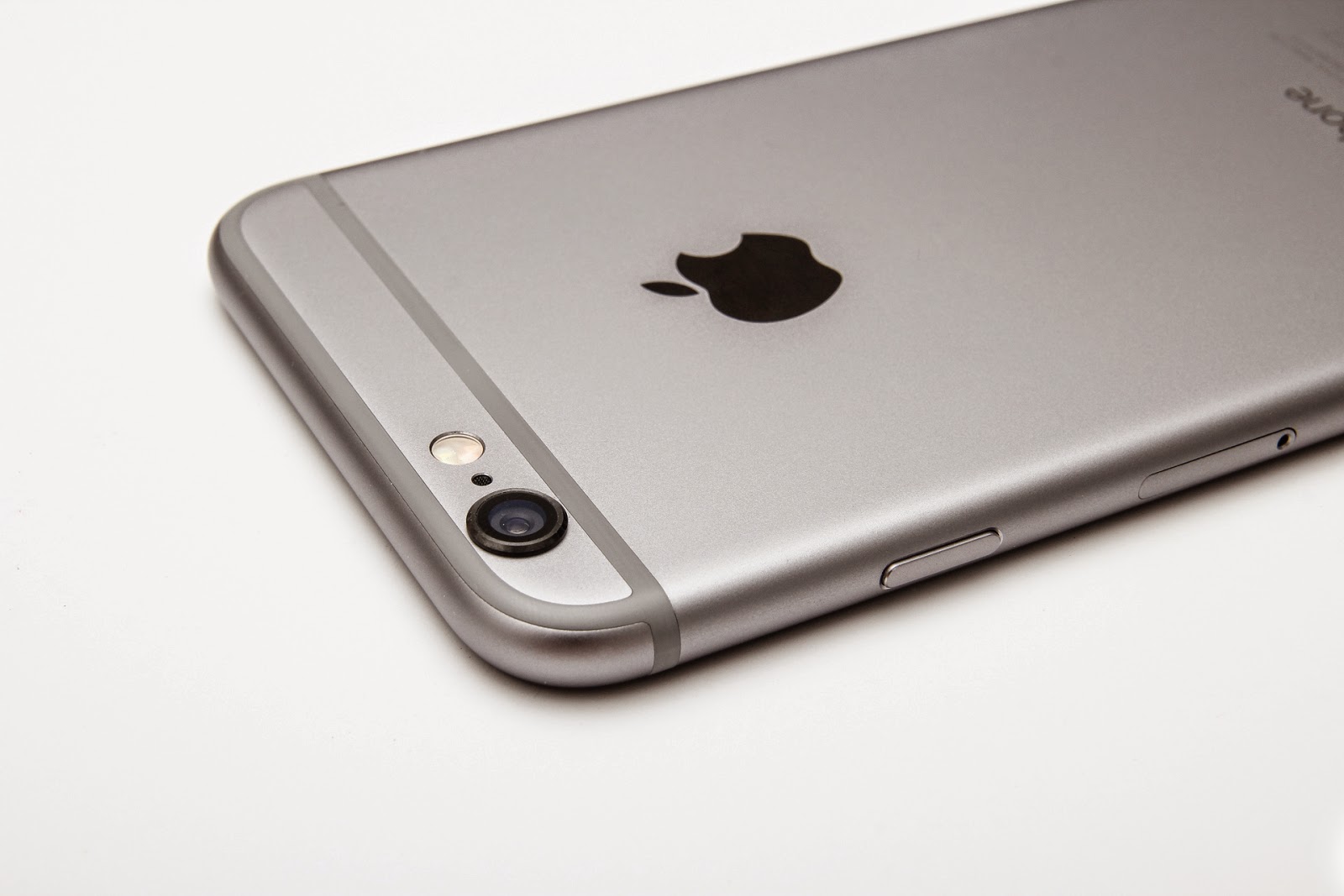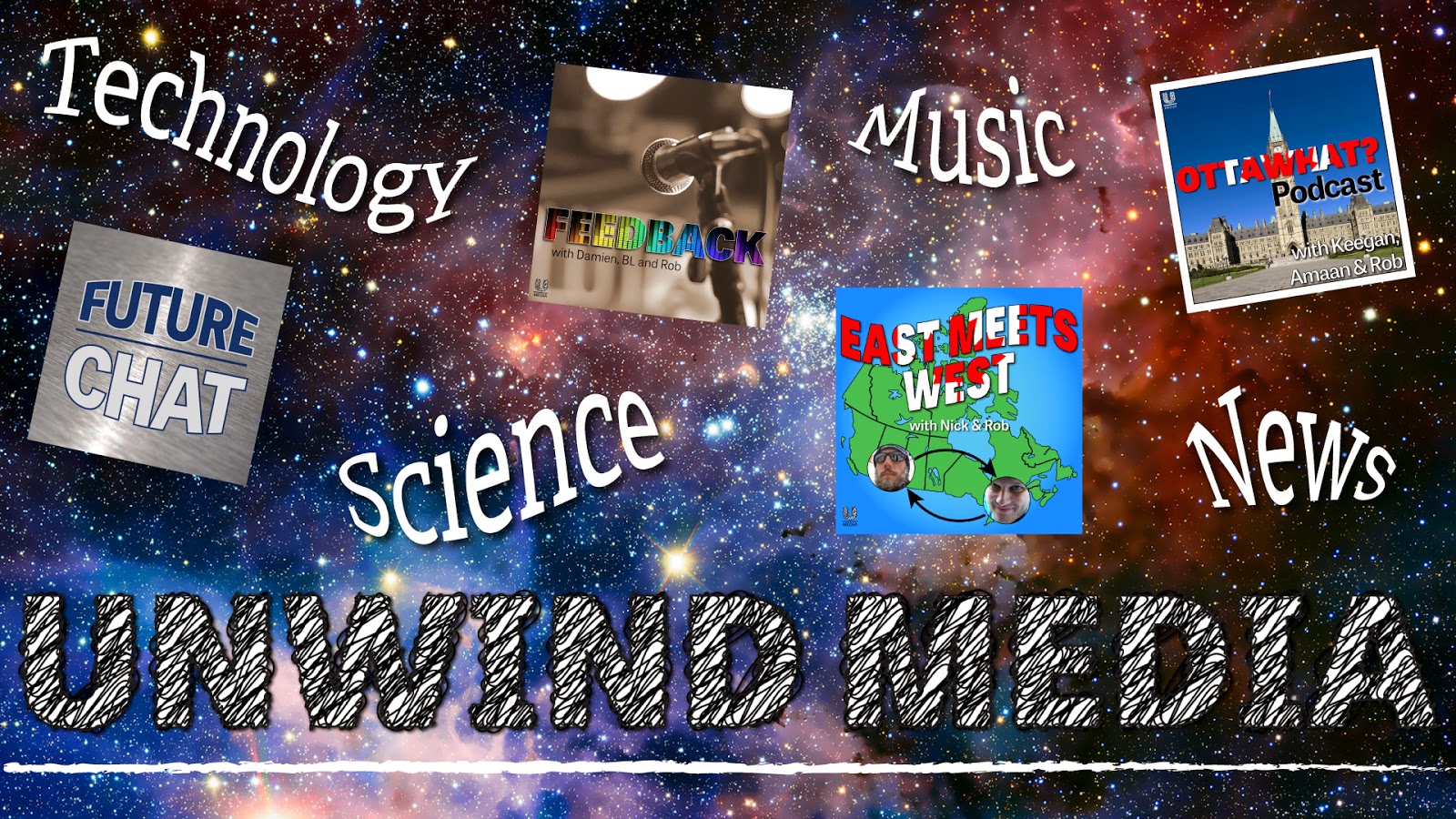Update is out. iOS 12.1.4 fixes the bug as well as another security issue that Apple found while auditing the code for FaceTime. Group FaceTime has now been turned back on (for those on 12.1.4 or higher).
Tag: Apple

FaceTime Isn’t Broken
Update: Update is out. iOS 12.1.4 addresses this bug as well as another security issue that Apple found while auditing the code for FaceTime.
On Monday night (January 28), talk of a serious Group FaceTime bug hit the internet in a big way.

New in iOS 12: Group FaceTime If a would-be attacker used a specific set of steps that were not typical for a regular FaceTime call, they could activate the call recipient’s microphone on their iPhone (or, presumably, iPad) without them answering the call. There was an extra privacy concern that if the recipient of the call declined the request, their camera was mistakenly activated as well, even if the phone looked like it was asleep.
There is no indication this bug was exploited maliciously, and it appears to have been reported to Apple at least a week and a half before the explosion of attention on January 28. Moving quickly once this story went public, Apple shut off Group FaceTime (a new feature that was introduced with iOS 12 this fall), effectively blocking this exploit from being used. In all, the bug was active for about 2-3 hours with a large audience, as Apple presumably scrambled to find a way to quickly fix it.
Immediately, Apple put out a press release saying that a permanent fix for this bug would be coming later this week, and shutting off Group FaceTime has mitigated the problems associated with the bug until the fix is released.
Unfortunately, because the news is effectively entertainment now, the following evening (Tuesday), local news, all the way up to late-night comedy shows, all talked breathlessly about the story, and at least from what I heard, none mentioned that the offending problem has been completely disabled until a proper fix is in place. In other words, the window when anybody at any scale could have been harmed by this was exceptionally small, only a few hours at most.
Now, though, the viral story of ‘Turn Off FaceTime’ will circulate for years, even though in my opinion it’s probably one of the very best ways for a group of Apple device users to communicate with audio/video, and even when the feature is fixed, there will be no news stories saying ‘You Can Turn FaceTime Back On Now’, even though after Monday evening, there was no need to turn it off.
There are a few big lessons I take away from this:
- Basically every news story is as well-researched as the one you know the intimate details about beforehand (not at all well-researched). Take them with a grain of salt.
- Every piece of software has bugs and flaws at some point in its development cycle. Obviously, big flashy bugs like this are a BIG deal, but it’s a reality of software that they will come up. The best thing you can do as a developer is to put systems in place to be able to deal with them quickly, and in my opinion, Apple’s ability to pull the plug on Group FaceTime without taking the entire system down is an example of good design.
- Don’t take your privacy for granted. People are going to see this story and turn off FaceTime because this was a huge privacy issue. However, I promise you that there are much bigger and more severe privacy violations going on at huge companies around the world right now, and because it is status quo, we all kind of just give them a pass. You should ‘audit’ the programs you use from time to time, and if you’re able, do some research on the privacy over-reaches of companies like Facebook. You’d be surprised the kinds of things they are caught doing on an ongoing basis, but it’s not a news story for some reason.
So, I didn’t turn FaceTime off, and unless something changes, I don’t think you need to either (if you didn’t already). If you’re paranoid about being watched/heard in your home, FaceTime is far from your biggest concern (this bug is no longer a risk as it stands today).
Humans are flawed, so it stands to reason that the software we create isn’t always perfect either. But writing off technology because of one viral news story is harmful to all of us, because the news can’t, and doesn’t, cover everything.
Please, don’t turn off FaceTime and vow never to trust it again because of this story. Your privacy is, and always will be, at risk, but that doesn’t make this particular piece of software the problem.
Stuck in the Past: Projection Woes
Next week, I will be heading to Montreal, where I’ll be giving three different presentations to three different audiences in three different rooms. I’ll be bringing my laptop, my iPad, and my phone with me, any of which has the built-in capability to show a PowerPoint presentation. I’ve given these kinds of presentations before, and I’m not particularly nervous about the content of the talks.
However, there is something about this weekend that is causing me serious bouts of anxiety, and that’s showing the actual presentation. Like I said, I’ll be bringing 3 different computers to the conference, which connect to other display devices via Lightning adapter (iPhone and iPad) or mini DisplayPort (my MacBook Air) to DVI or VGA or even HDMI, or via screen sharing if there was an Apple TV/Chromecast(?) involved.
However, what I *don’t* know is what display technology will be available on the other end, connected to the projector. I am aware that many universities are starting to make sure projectors have connection options for Mac, which means one or more of these options may just be ready and waiting for me. But since I want to actually know at least one of these options WILL be available, does that mean I need to go and buy at least one adapter for VGA/DVI/HDMI just in case any of those is all the projector works with? Should I just buy an Apple TV for the weekend, hook it up, and share my screen to it (again, hoping the projector has an HDMI hookup). The Apple TV method means I’ll also need access to a stable Wi-Fi connection to run the screen share, which isn’t always the case.
I’m very risk averse, but I also like to be prepared for any possibility when it comes to this kind of thing, but it feels like there should be a better way when it comes to giving presentations in an unfamiliar environment. Conferences are a VERY common thing, and it just seems like there’s no good way to do things consistently with so many moving parts.
Side note: don’t even get me started on using a secondary device as a remote to control the presentation. This technology has existed for a decade, but the only software integration that currently exists for PowerPoint is that a presentation on the iPhone can be controlled via the Apple Watch. It just feels like these kinds of things should be further along than they are.
Ed Snowden can say whatever he wants
“The FBI says Apple has the ‘exclusive technical means’ to unlock the phone,” Snowden said. “Respectfully, that’s bullshit.”
It must be really nice to be in a position where you can say something like this with confidence, having not a care in the world about repercussions. Not saying Snowden is in an enviable position overall, but he can say what he really thinks even better than the current American Republican front-runner (and he’s much more likely to be telling the truth).
> Snowden: FBI’s claim that it requires Apple’s help to unlock iPhone is ‘bullshit’

Soylent, Apple Watch and #DistractinglySexy
The entire Unwind Media library is now available on SoundCloud. We did it! Anyhow, now that the transformation of all the shows is complete, a lot more time just opened up for interesting new things…who knows what this summer will bring?
Today, I ordered a 7-day supply of Soylent from a California company called Rosa Labs. It’s a nutritional replacement with all the essential carbs, proteins, fats, vitamins, and minerals a human needs to survive. It comes in a powder that you mix with water and consume over the course of a day. I’m not sure I’ll like it, but I’m really excited about what it will be like. I’ve been asked to document it, so I’ll definitely be trying this. It just recently started shipping to Canada.
In a little sadder news, though Apple Watch is now available for in-store pickup, I won’t be getting one this summer. Real life wins again 🙁
Anyhow, here are the shows from Unwind Media this week. I sincerely hope you enjoy them if you choose to listen! We had a great chat on Future Chat about the #DistractinglySexy hashtag and the sexism that seems to keep popping up in science. Subscribe if you do so you’ll be able to keep apprised of new episodes without this weekly post!
This week, we spoke to Evan and Shane from Alpaca Party Productions. They do a weekly podcast and a web series called A Mouthful of Shane. We talked about…RSS |This week, we talk sexiness in science labs, really old dinosaur blood cells, and so so much space news…RSS |
iOS 9 First Impressions (from the future)
 I’ve been writing part-time for MobileSyrup for a little over a month now, and since this piece is as topical as it will ever be, here is the writing sample I provided that got me started there.
I’ve been writing part-time for MobileSyrup for a little over a month now, and since this piece is as topical as it will ever be, here is the writing sample I provided that got me started there.These are my predictions of what we can expect from Apple in the next version of their mobile operating system, iOS 9, written as if it has just been publicly released, in September 2015.
As it stands, iOS 9 will be announced for the first time to developers next week, on June 8th in San Francisco, and you’ll know I’ll be watching intently! Without any further ado, here are my impressions of iOS 9!
As we’ve come to expect in September, the final version of Apple’s mobile operating system, iOS 9, was released today. Last year’s release of iOS 8 gave users a whole new set of tools to quickly access information contained in their apps in a secure, controlled way, with keyboards, app extensions and today widgets. Developers and users were all very excited by this new and unexpected openness from Apple, while some feel that they could have gone further still.With iOS 9, Apple have opened up even more, making several changes that users have been frequently asking for in the last year. There has also been a focus on stability and security in iOS 9, and the platform feels a lot more consistent than it has since the release of iOS 8 one year ago. The larger iPhone sizes are also slowly changing the way we interact with iOS, and the interfaces of many apps are changing and improving to reflect that.
Some of the biggest changes to iOS this year are designed to bring the newly released Apple Watch into closer step with the iPhone. A new overhaul of the contacts app will allow you to set a global VIP contact list for notifications, including integration with your Twitter and Facebook contacts. You will also be able to get public transit information through Apple Maps directly, meaning that your shiny new Apple Watch will be able to let you know when buses nearby will be arriving. The update also brings the ability to reply to messages directly from notifications in third-party applications, both on the iPhone and on the Apple Watch. Finally, the Beats Music service, purchased by Apple in 2014, is now built-in to the iPhone and Apple Watch, allowing you to stream professionally curated playlists that combine the music you have on your phone with music in the Beats Music catalogue. The update also brings the Beats Music collection into iTunes on your computer, and allows you to pick up your music where you left off on your computer when you’re heading out the door.
Some of the other new features that are welcome additions to the platform include:
- A system-wide low-power mode that will kick in automatically and disable background activity when your phone is running out of juice.
- The ability to set non-Apple apps as default, including mail, web browsing, and camera apps from an approved list (and allowing users to remove default Apple apps from their home screens completely). Third-party apps will also now be able to work with Handoff more easily work, allowing you to quickly move between iOS devices and Macs, especially when using non-Apple apps.
- Updates to the photos app that include an incognito mode and corresponding folder for pictures that you don’t wish to automatically upload to iCloud Photo Library or other cloud services. iOS 9 also includes a new API for photos that will simplify the auto-uploading process, sending your photos from iCloud directly to third-party applications like Dropbox and Google+, rather than uploading multiple copies from your phone.
All of these changes are welcome additions to the platform, focused mainly on enabling users to complete simple or complex tasks in less time. All of this in turn saves battery life as well as using less of your monthly data allotment, something we can all get excited about. Several changes to iOS are designed to push quick interactions to the Apple Watch, which is also an important move. The value added by pairing your phone to an Apple Watch will likely continue to grow as the platform matures and more users and developers really start to see what the watch can do for them.
There has been a lot of discussion in the last year about the decreasing stability of iOS, with some pundits suggesting Apple should slow down and make sure to get the details right with their software releases. This update really does seem to be the best of both worlds so far, with a slough of new features sure to impress new and old users alike, while the stability of the device in day-to-day use appears to be a return to expectations from a company with such high quality standards.
As it was last year with the release of app extensions, the full nature of this update likely won’t be realized until third-party developers have the ability to take full advantage of the new features in their applications. Developers will also inevitably continue to refine their applications as use cases shift, and it will soon be required that interfaces purposefully adapt to larger phones and the usefulness of an accompanying Apple Watch.
We will continue looking through the update and share anything else we come across in the coming days and weeks.

Future Chat #50 – Future Chat … In Spaaaace …
#50 – Future Chat…In Spaaaace… http://t.co/knBNmcv7GO #futurechat #science #tech #space #ApplePay
— Future Chat (@FutureChats) February 23, 2015
The iPhone and Battery Life
 Discussion about iPhone and iPad battery life has been swirling about the tech world of late. Specifically, the idea that many Apple products are made in service to an “ideal” battery life has come up in many of the circles I follow. Jason Snell wrote a very nice piece showing how Apple “solves” for battery life in their products based on thinness and size, but I’d like to take that a little bit further.I read all kinds of tech news throughout my week, and most weekends talk about technology and the science behind it on +Future Chat. I also listen to hours of podcasts on subjects such as these. I hear grumblings about the iPhone and how its battery doesn’t last all day.There are MANY people who say that they wish they had a phone battery that lasted more than a day, or that they are heavy users and find that their batteries get them to the afternoon, but generally not much longer.The fact is, humans are creatures of habit. We have gotten used to plugging our phones in every single day. If you had an iPhone with twice the battery, and only needed to charge it every other day, I can guarantee that more people would have their phones run out of battery than that happens to now. The only people this wouldn’t happen to are people who would just continue to charge their phones every night regardless of its battery level at the end of the day (much like most laptop users, although that MacBook battery life on Yosemite is craaaazy).Basically, the use case for a battery that lasts two days is a person who uses a larger amount of battery than average, and so they use a typical “two day” amount of power in just one day. We call these people “power users”, and Apple themselves typically haven’t served them directly by giving their phones or laptops larger batteries. What Apple does do, though, is pick and choose what they think are the best solutions for those power users, and stock them in Apple stores. Examples I’ve used (as I like to think of myself as something of a power user) include the Mophie Juice Packs and the Mophie Powerstations. These are basically cases and power bricks that let you extend the use of your phone beyond a normal day of use, and they are wonderful!I love the way my phone looks without a case, but when my battery gets low, I love being able to either stick it into a case or plug it in on the go, and I immediately don’t have to worry about my battery dying. For the extra $80-100, it’s a no-brainer to carry a case or battery pack around with you, along with Lightning and micro-USB cables (I have a wireless headphone fetish, some would say).Now, recently Apple released the iPhone 6 Plus. As Jason mentions in his post, this phone breaks the Apple mould, giving users a significant jump in battery, something closer to a tablet in usage than a phone. In effect, this release tells me that Apple hears that some power users have made enough noise that Apple is giving them an option to have a larger battery, as thus use their phones more.If you’re worried about battery life in your iPhone, or other mobile device because it doesn’t last days or weeks, you might be waiting a long time. Battery improvements come incrementally, and something tells me even if we do get the 10x battery power increase many stories promise for the eventual future, all we’ll get is a device with a 10x smaller battery. And that’s just fine with me!
Discussion about iPhone and iPad battery life has been swirling about the tech world of late. Specifically, the idea that many Apple products are made in service to an “ideal” battery life has come up in many of the circles I follow. Jason Snell wrote a very nice piece showing how Apple “solves” for battery life in their products based on thinness and size, but I’d like to take that a little bit further.I read all kinds of tech news throughout my week, and most weekends talk about technology and the science behind it on +Future Chat. I also listen to hours of podcasts on subjects such as these. I hear grumblings about the iPhone and how its battery doesn’t last all day.There are MANY people who say that they wish they had a phone battery that lasted more than a day, or that they are heavy users and find that their batteries get them to the afternoon, but generally not much longer.The fact is, humans are creatures of habit. We have gotten used to plugging our phones in every single day. If you had an iPhone with twice the battery, and only needed to charge it every other day, I can guarantee that more people would have their phones run out of battery than that happens to now. The only people this wouldn’t happen to are people who would just continue to charge their phones every night regardless of its battery level at the end of the day (much like most laptop users, although that MacBook battery life on Yosemite is craaaazy).Basically, the use case for a battery that lasts two days is a person who uses a larger amount of battery than average, and so they use a typical “two day” amount of power in just one day. We call these people “power users”, and Apple themselves typically haven’t served them directly by giving their phones or laptops larger batteries. What Apple does do, though, is pick and choose what they think are the best solutions for those power users, and stock them in Apple stores. Examples I’ve used (as I like to think of myself as something of a power user) include the Mophie Juice Packs and the Mophie Powerstations. These are basically cases and power bricks that let you extend the use of your phone beyond a normal day of use, and they are wonderful!I love the way my phone looks without a case, but when my battery gets low, I love being able to either stick it into a case or plug it in on the go, and I immediately don’t have to worry about my battery dying. For the extra $80-100, it’s a no-brainer to carry a case or battery pack around with you, along with Lightning and micro-USB cables (I have a wireless headphone fetish, some would say).Now, recently Apple released the iPhone 6 Plus. As Jason mentions in his post, this phone breaks the Apple mould, giving users a significant jump in battery, something closer to a tablet in usage than a phone. In effect, this release tells me that Apple hears that some power users have made enough noise that Apple is giving them an option to have a larger battery, as thus use their phones more.If you’re worried about battery life in your iPhone, or other mobile device because it doesn’t last days or weeks, you might be waiting a long time. Battery improvements come incrementally, and something tells me even if we do get the 10x battery power increase many stories promise for the eventual future, all we’ll get is a device with a 10x smaller battery. And that’s just fine with me!








